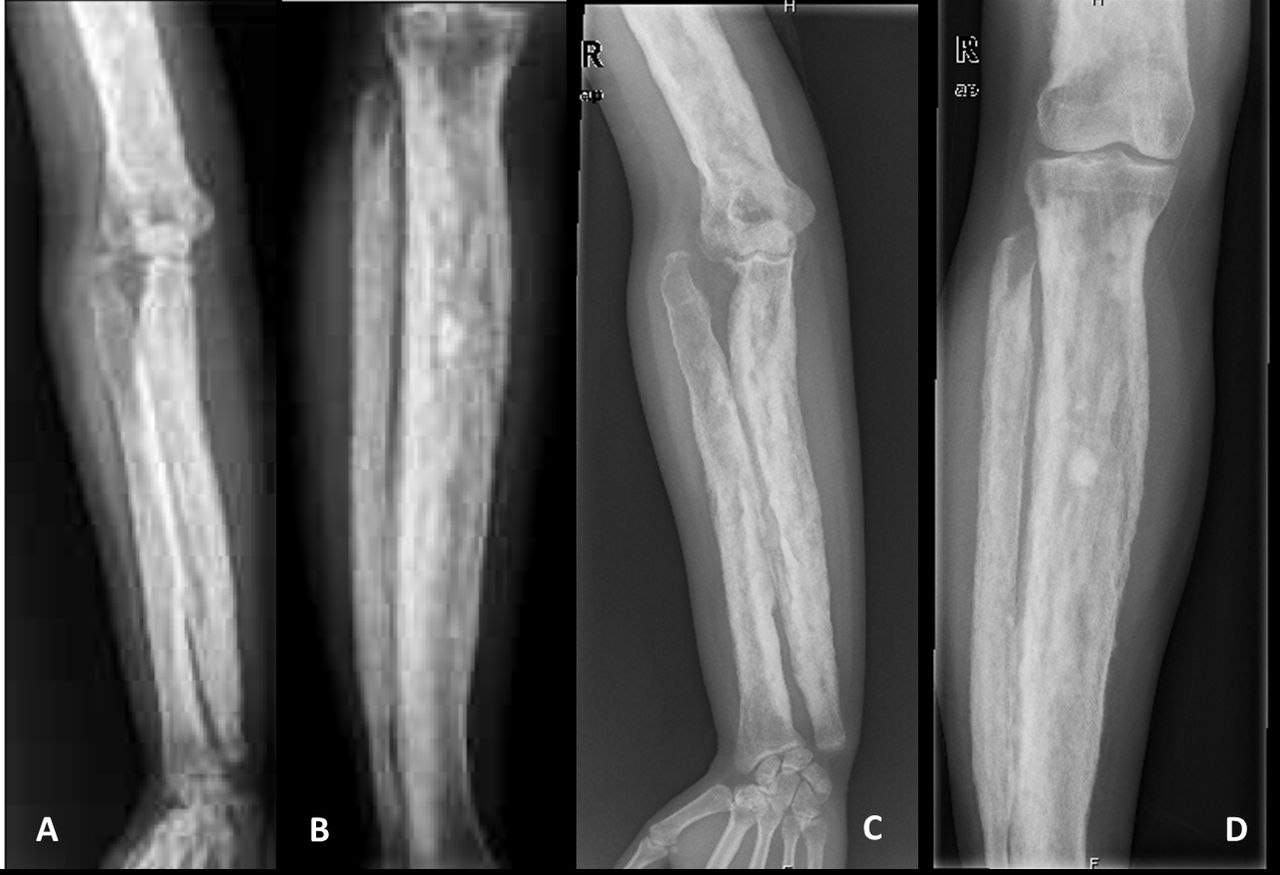
What is Camurati-Engelmann Disease? Camurati-Engelmann Disease (CED) is a rare genetic disorder that affects bones, causing them to become overly dense and thick. This condition, also known as progressive diaphyseal dysplasia, primarily impacts the long bones in the arms and legs, leading to pain, muscle weakness, and difficulty walking. CED is caused by mutations in the TGFB1 gene, which plays a crucial role in bone growth and development. Symptoms often appear in childhood or adolescence, but the severity can vary widely among individuals. While there is no cure, treatments focus on managing symptoms and improving quality of life. Understanding CED can help those affected and their families navigate the challenges it presents.
Key Takeaways:
- Camurati-Engelmann Disease causes bone thickening and pain, impacting daily life. There's no cure, but treatments like physical therapy and medications can help manage symptoms and improve quality of life.
- CED is a rare genetic disorder that affects bones, causing pain, weakness, and potential complications like hearing loss and delayed growth. Understanding symptoms and seeking regular medical care are crucial for managing the disease.
What is Camurati-Engelmann Disease?
Camurati-Engelmann Disease (CED) is a rare genetic disorder affecting bones. It primarily impacts the long bones in the arms and legs, causing them to thicken and become painful. Here are some fascinating facts about this condition:
-
Genetic Mutation: CED is caused by mutations in the TGFB1 gene, which plays a role in bone growth and development.
-
Autosomal Dominant: This disease follows an autosomal dominant inheritance pattern, meaning only one copy of the mutated gene is needed to cause the disorder.
-
Bone Thickening: The hallmark of CED is the abnormal thickening of the cortical bone, particularly in the long bones.
-
Pain and Weakness: Individuals with CED often experience bone pain and muscle weakness, which can significantly impact daily activities.
-
Onset in Childhood: Symptoms typically begin in childhood or adolescence, though they can sometimes appear later in life.
-
Progressive Condition: CED is progressive, meaning symptoms tend to worsen over time.
-
Rare Disorder: It is considered a rare disease, with fewer than 1 in 1,000,000 people affected worldwide.
-
Diagnosis: Diagnosis is usually confirmed through genetic testing and imaging studies like X-rays or CT scans.
-
No Cure: Currently, there is no cure for CED, but treatments focus on managing symptoms.
-
Pain Management: Pain relief is often achieved through medications like nonsteroidal anti-inflammatory drugs (NSAIDs).
Symptoms and Complications
CED presents a variety of symptoms and potential complications. Understanding these can help in managing the disease better.
-
Fatigue: Chronic fatigue is a common symptom, often due to the body's constant effort to manage pain.
-
Difficulty Walking: The thickening of bones can lead to difficulty walking or maintaining balance.
-
Hearing Loss: Some individuals may experience hearing loss due to the thickening of bones in the skull.
-
Headaches: Frequent headaches can occur, often related to the changes in skull structure.
-
Vision Problems: In rare cases, vision problems may arise if the bones around the eyes are affected.
-
Delayed Growth: Children with CED may experience delayed growth and development.
-
Fractures: Despite the thickened bones, individuals with CED can still suffer from fractures.
-
Joint Pain: Joint pain and stiffness are common, particularly in the hips and knees.
Treatment and Management
While there is no cure, various treatments can help manage the symptoms and improve quality of life.
-
Physical Therapy: Regular physical therapy can help maintain mobility and strength.
-
Orthopedic Interventions: In severe cases, surgical interventions may be necessary to correct bone deformities.
-
Bisphosphonates: These medications can help reduce bone pain and prevent fractures.
-
Corticosteroids: Sometimes prescribed to reduce inflammation and pain.
-
Supportive Devices: Braces or other supportive devices can assist with mobility and reduce pain.
-
Regular Monitoring: Regular check-ups with a healthcare provider are essential to monitor the progression of the disease.
-
Genetic Counseling: Families affected by CED may benefit from genetic counseling to understand the risks and implications of the disease.
Understanding Camurati-Engelmann Disease
Camurati-Engelmann Disease (CED) is a rare genetic disorder that affects bones, causing them to become overly dense and thick. This can lead to pain, muscle weakness, and fatigue. Early diagnosis and treatment are crucial for managing symptoms and improving quality of life. Genetic testing can confirm the diagnosis, and treatments like corticosteroids and physical therapy can help alleviate discomfort.
Living with CED requires a supportive healthcare team, including geneticists, orthopedists, and physical therapists. Staying informed about the latest research and treatment options can empower patients and families. Though challenging, many people with CED lead fulfilling lives with proper care and support.
Raising awareness about CED can help drive research and improve outcomes for those affected. Sharing knowledge and experiences within the community can provide valuable support and hope. Understanding CED is the first step toward better management and a brighter future.
Frequently Asked Questions
Was this page helpful?
Our commitment to delivering trustworthy and engaging content is at the heart of what we do. Each fact on our site is contributed by real users like you, bringing a wealth of diverse insights and information. To ensure the highest standards of accuracy and reliability, our dedicated editors meticulously review each submission. This process guarantees that the facts we share are not only fascinating but also credible. Trust in our commitment to quality and authenticity as you explore and learn with us.
